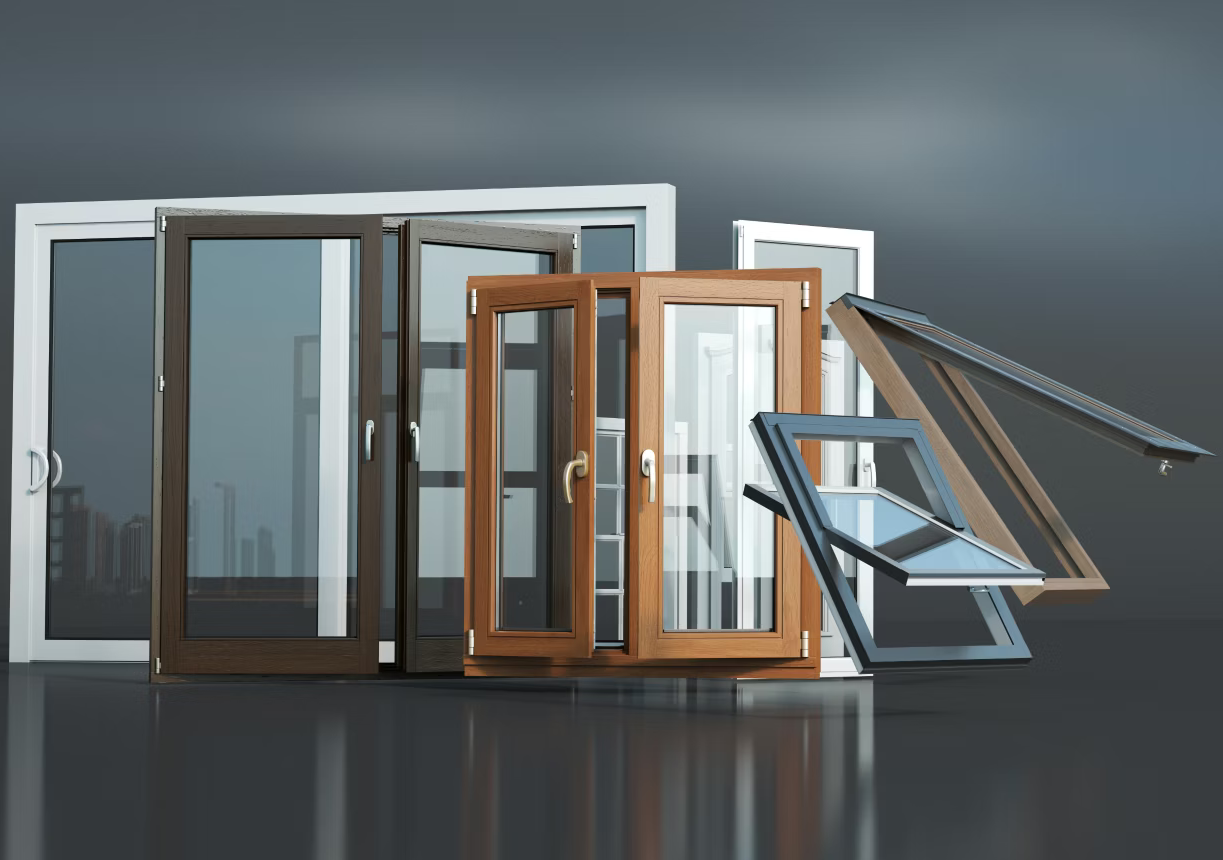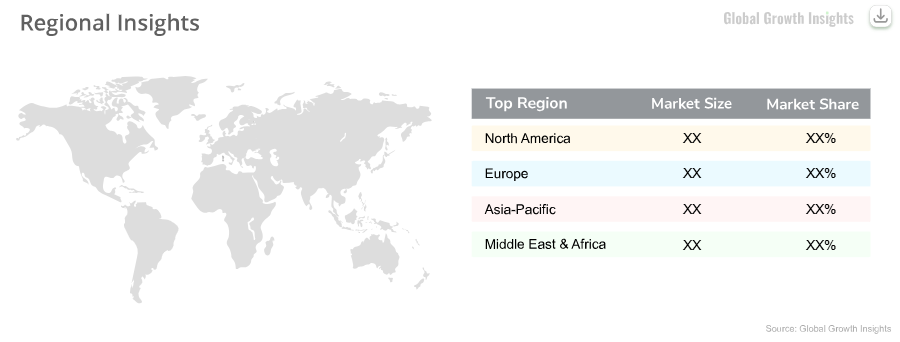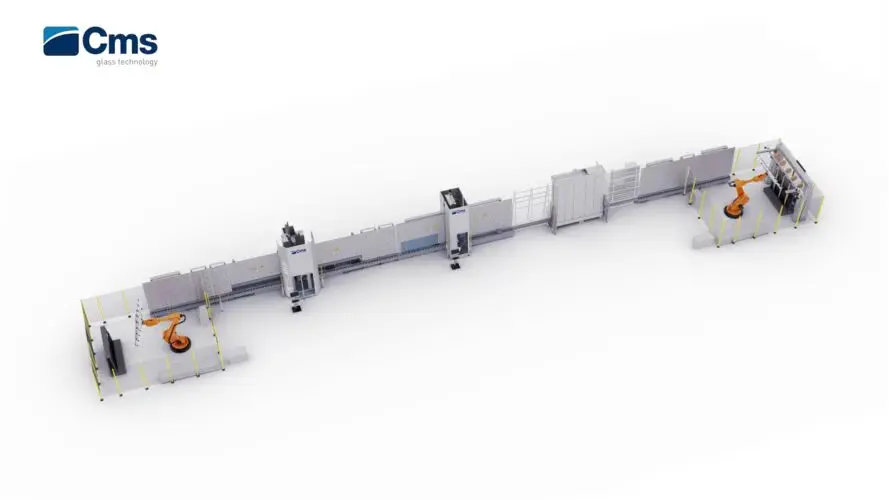The global uPVC (unplasticised polyvinyl chloride) doors and windows market is on a steady but significant growth path, reflecting the changing priorities in construction and real estate. According to Global Growth Insights, the market was valued at USD 18.79 billion in 2024 and is projected to grow to USD 25.17 billion by 2033, representing a 3.3% compound annual growth rate. This growth is being driven by increasing demand for energy efficiency, sustainability, and modern construction solutions.
Energy Efficiency and Sustainability Are Key Drivers
uPVC has become a go-to material for residential and commercial construction because of its excellent thermal insulation properties. With rising energy costs and stricter building codes, homeowners and developers are increasingly choosing uPVC windows and doors to reduce heating and cooling expenses. In addition, uPVC’s low-maintenance nature makes it an attractive alternative to wood or aluminum, especially in retrofit projects.
Sustainability also plays a growing role. While uPVC is highly durable, its recycling rate is still around 34% globally, highlighting both a challenge and an opportunity for manufacturers. Green building standards and certifications are pushing construction companies to consider eco-friendly solutions, making uPVC a material of choice for energy-efficient, long-lasting buildings.
Market Segmentation and Applications
The uPVC doors and windows market is evenly split by product type, with windows accounting for 54% of the market and doors 46%. Windows lead slightly due to their higher demand in both new constructions and retrofit projects.
In terms of applications, the residential sector dominates with 63%, while commercial projects make up 37%. This indicates strong opportunities for suppliers to focus on household construction but also points to a growing niche in commercial and institutional buildings.
Regional Market Insights
- Asia-Pacific is the largest market, holding 42% of global share, thanks to rapid urbanization and residential growth.
- Europe contributes 28%, driven by strict energy efficiency regulations and retrofitting projects.
- North America accounts for 19%, where energy-saving trends and sustainable construction practices are pushing uPVC adoption.
- Middle East & Africa represents 11%, with growing demand for thermal-resistant and durable building materials.
Manufacturers are investing heavily in product innovation to stay competitive. This includes smart locks, modular installation systems, UV-resistant coatings, and advanced thermal insulation. Prefabrication and modular design are becoming increasingly important, allowing faster, more efficient construction. Recycled uPVC is also gaining attention, both as a sustainable solution and a way to reduce costs.
Challenges in the Market
Despite its benefits, uPVC faces a few hurdles:
- Recycling limitations: While durable, uPVC has a relatively low recycling rate, which can be a concern for environmentally conscious developers.
- Design flexibility: For high-end or heritage projects, uPVC may lack the aesthetic appeal of wood or aluminum.
- Market perception: Some buyers are concerned about resale value in luxury projects, preferring premium materials.
Some of the key players shaping this market include:
- Fenesta – a market leader with a wide network and strong brand recognition.
- LG Hausys – known for high-performance uPVC profiles and thermal insulation.
- Others include VEKA, Deceuninck, Welltech Systems, and Asahi India Glass, all focusing on innovative, high-quality solutions.
The uPVC doors and windows market is not just growing; it’s evolving. Manufacturers who embrace sustainability, smart technologies, and modular construction are likely to lead the way. While the residential sector dominates, opportunities in commercial buildings, retrofitting projects, and emerging markets are expanding.
The key takeaway? uPVC is more than a material, it’s a solution for energy efficiency, long-term durability, and modern construction demands.
Source: Global Growth Insights with additional information added by Glass Balkan










